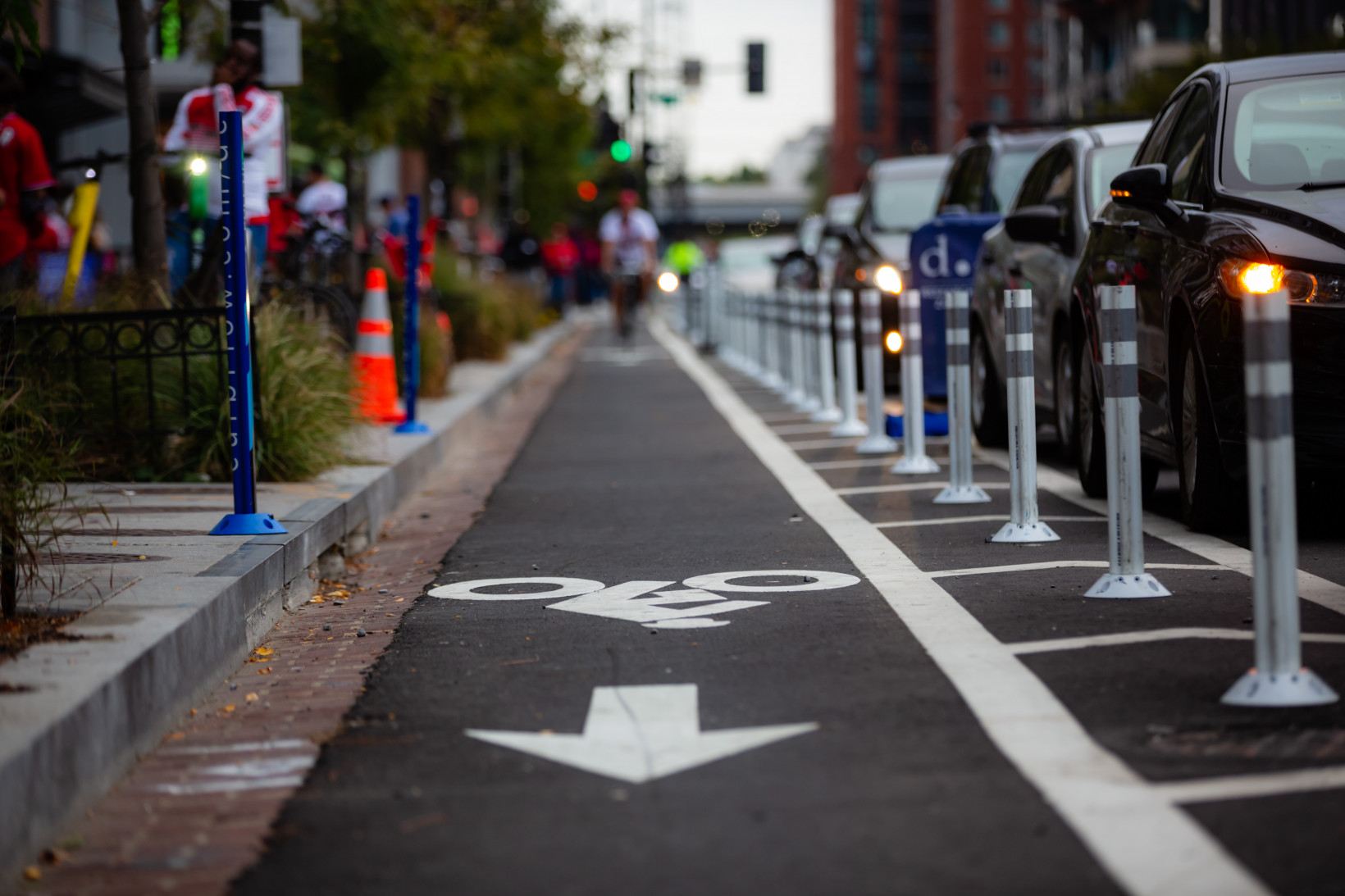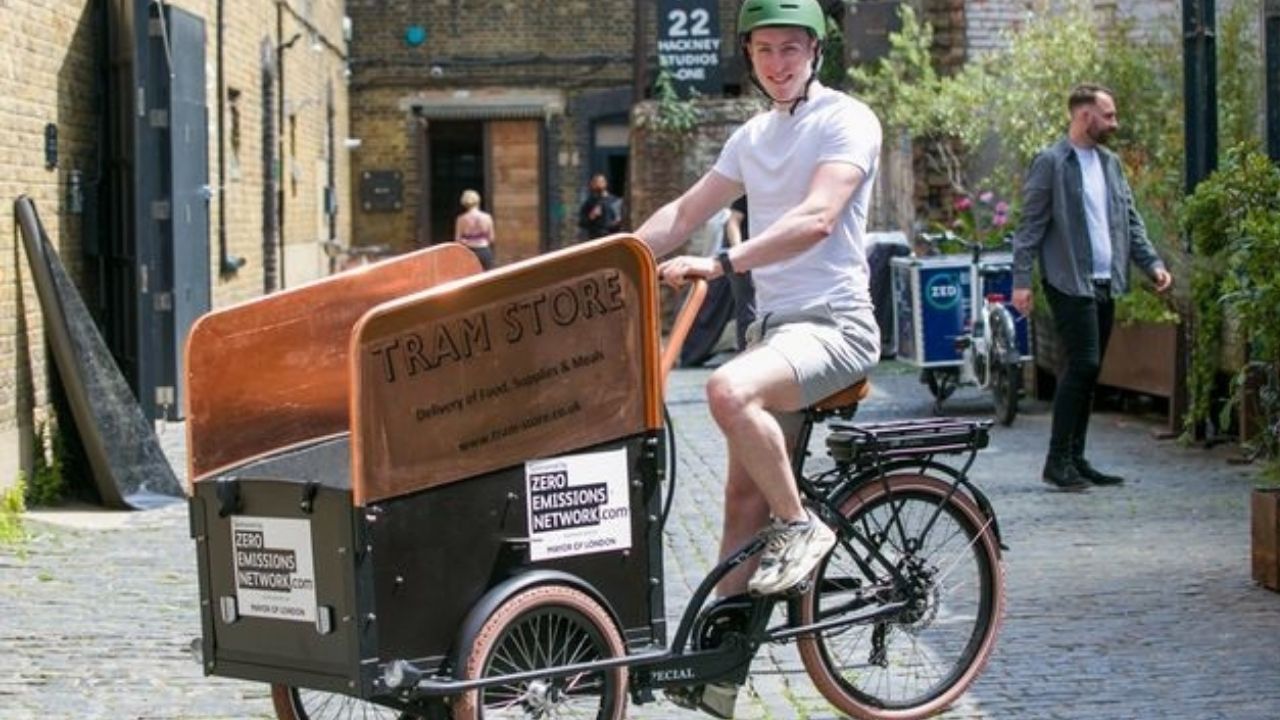Ebikes are going high tech
This year we saw ebike software evolve, with Bosch releasing the white label Bosch eBike Systems and their eBike Flow app. We also saw Advanced Driver-Assistance Systems (ADAS) monitoring used in safety applications to help riders understand what’s behind them and in their blind spots as they ride. According to Roose:
Investments in ebike manufacturing, R&D, and scale will persist
Investments in ebike companies show no sign of slowing down. In 2021 we saw companies like Dance, Cowboy, VanMoof, and Rad Power all enjoyed successful funding rounds. Cowboy’s intuitive motor creates a safer way to control speed in a busy city, and crash-detection technology, including embedded sensors, that helps detect falls and alert emergency contacts. In December, Verlinvest invested in Pedego, the largest retail chain of electric bike stores in North America. Thus, as more companies plan for world domination, we can expect investors to continue to follow the industry closely. According to Roose: Each year, we see more new kickstarts crop up. But the market is still dominated by established companies that are receiving an influx in funding from eager investors. However, despite funding boosts and increased consumer adoption, customers’ delays in getting their bikes will persist in 2022. The supply chain problems that have plagued 2022 show little sign of improvement.
A commitment to improving cycling infrastructure
In 2022, cities like Philadelphia and San Antonio plan to expand shared ebike programs in terms of service and fleet size. According to Roose, the new bike lane on the Brooklyn Bridge, which opened in September 2021, has been a huge success. In December, MDOT’s MTA welcomed personally owned e-bikes and e-scooters on its network. Roose shared: Further, cities like Boston, Burbank, and DC are adding more protected bike lanes in 2022, building on the installation of temporary pop-up lanes in response to the cycling surge during the pandemic. Berlin has established an additional 25km in cycling lanes in 2021. However, we can expect the politics of how we share the road to maintain a hot topic in 2022. Especially as car drivers and car maker-funded research perpetuate the myth that cycling lanes cause road congestion.
More variety in product offerings
We’ve had more than a few experiences of being unable to trial offered ebikes as I’m simply too short. As brands prove their market tenability, we’ll see greater diversity in product offerings, including frame heights. I think we’ll also see a greater development of intentionally designed ebikes for food delivery with appropriate cargo space and weight-bearing, as well as a bigger growth in cargo bikes, and bike programs offered through workplace incentive initiatives.
The four ebike buzzwords of 2022
Sustainability: According to Roose, “Cowboy has already made progress as we look to grow as an impact business, aligning profit with the city and civic impact. Measures of this include returning bike assembly to Europe, automating many aspects of production, and developing a circular initiative.” Local manufacturing: In the US, only 3% of bikes are manufactured domestically, compared to 50% of bikes (and 75% of ebikes!) in the EU. However, even in the bike-mad Netherlands, many ‘local’ brands actually import their parts from Taiwan. One company to watch is Mokumono, with its locally made frame, which owes its genesis to car manufacturing methods. Circular design: Expect to see a commitment to circular design including modularity, and the creation of parts that consider their afterlife, including their ability to be reused or recycled. Materials innovation: We’ve written a lot about battery innovation in ebikes and efforts to develop long-lasting, more durable batteries. I see no reason for this to wane. We might even see more research into hydrogen fuel cell-powered bikes, like the Lavo bike.
What about the challenges and opportunities for bike startups in the coming year?
In 2022, the ebike industry will continue to face challenges around regulations in cities. We’ll also see growing competition among emerging e-bike companies. A lot hinges on Biden’s infrastructure bill successfully passing. With it, we’ll see a greater consumer awareness of the health and environmental benefits of ebiking, and an influx of new customers. We can also expect growth in manufacturing, battery innovation, and quite possibly some mergers and acquisitions. It’s going to be an exciting year.
![]()


